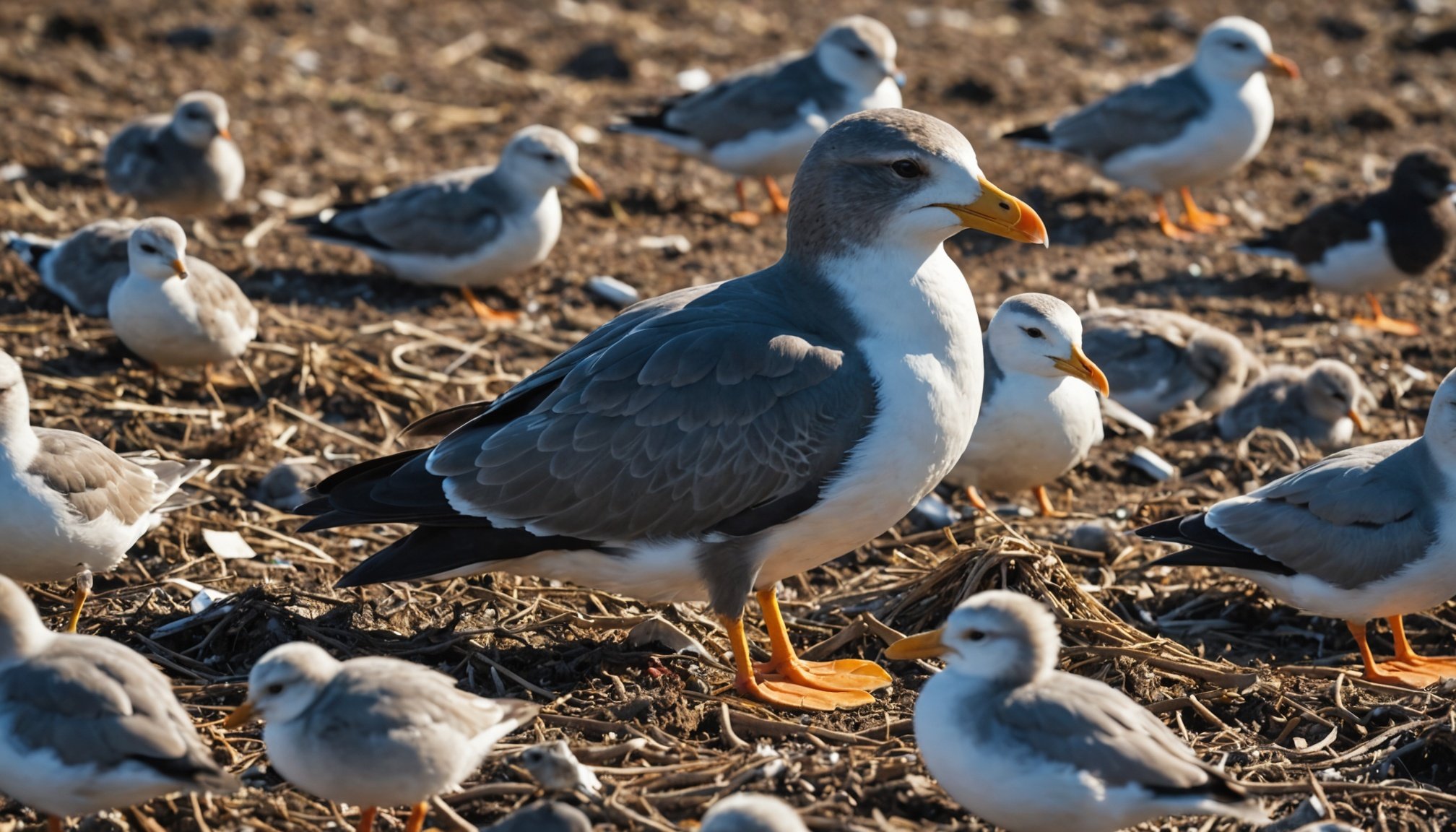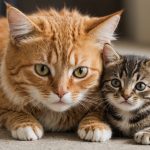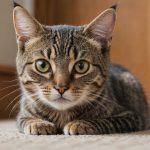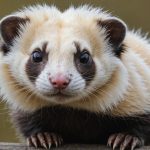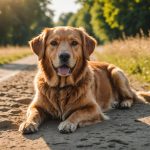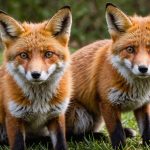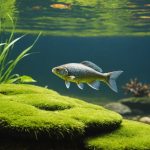Innovative Conservation Programs
Addressing plastic pollution through innovative conservation programs is crucial for wildlife protection. Current conservation efforts in the UK focus on seabirds directly affected by plastic debris. These birds play an essential role in marine ecosystems, serving as indicators of ocean health and aiding in nutrient cycling.
Key initiatives involve both traditional and novel strategies. Methods such as cleaner coastlines, waste management practices, and community participation aim to mitigate the adverse effects of plastic pollution. The UK’s policy framework prioritises these efforts by establishing stringent environmental regulations and guidelines to protect marine wildlife.
Also read : Top fish varieties for uk ponds: boost your local ecosystem with these ideal selections
Several success stories illustrate the effectiveness of these conservation programs. For instance, habitat restoration projects and targeted clean-up drives have significantly reduced plastic waste in critical seabird nesting areas. These actions not only preserve the biodiversity of vulnerable seabird species but also enhance the overall health of marine environments.
Continued innovation and adaptation in conservation programs are vital. As plastic pollution evolves, so must the strategies to counteract it. Embracing technological advancements and fostering partnerships across sectors ensures effective and sustained wildlife protection. Collaborative approaches will pave the way for a future where seabirds and their habitats thrive safely from plastic threats.
Additional reading : Exploring uk wildlife: interactive educational experiences for schools
Overview of the UK’s Plastic Pollution Challenge
The plastic pollution challenge in the UK’s waters is a pressing environmental issue. Current estimates indicate that thousands of tonnes of plastic debris enter the marine environment annually, endangering wildlife. This has significant implications for seabird protection, as these species are particularly vulnerable to ingesting plastic. The Great Black-backed Gull, Northern Gannet, and Atlantic Puffin are just a few examples of seabirds whose populations are directly threatened by plastic debris.
Seabirds serve an important role within marine ecosystems, functioning as vital indicators of ocean health. They contribute to nutrient cycling and help maintain ecological balance. Unfortunately, the increasing presence of plastic pollution disrupts these natural processes, leading to detrimental consequences for seabird populations. Research has documented various impacts ranging from reduced breeding success to increased mortality rates.
Addressing the environmental impact of plastic pollution requires a multi-faceted approach. This incorporates not only conservation programs but also increased public awareness and advocacy for systemic change in waste management practices. With the active participation of policy frameworks and community-driven efforts, progress can be made in mitigating the effects of plastic pollution on seabirds and preserving marine biodiversity.
Research and Data on Seabird Health
Research findings on seabird health reveal alarming instances of plastic ingestion. Studies show that seabirds mistake plastic debris for food, leading to severe physiological damage. The European Storm Petrel and Common Guillemot are among those severely affected by this issue. As crucial components of marine ecosystems, their health reflects broader ecological vulnerabilities.
Current ecological studies indicate that ingestion of plastic can reduce seabird populations’ reproductive success by affecting their ability to feed and raise young. Plastic debris obstructs gastrointestinal tracts, reduces nutrient absorption, and can cause starvation. The deteriorating condition of seabird populations underscores the urgent need for targeted interventions.
Data on the ecological impact reveals intricate relationships. Seabirds contribute to ecosystem health through nutrient cycling, which, when disrupted, can have cascading effects across marine environments. Repeated exposure to plastics not only jeopardizes their survival but also poses risks to other species dependent on seabirds for ecosystem services.
Analyzing these ecological implications is crucial to understanding how seabird health interlinks with broader environmental stability. Mitigating plastic pollution’s impact on seabirds thus supports both direct wildlife protection and the resilience of marine biodiversity overall.
Expert Insights and Contributions
Expert insights reveal significant nuances in tackling plastic pollution and its effects on seabird protection. Leading wildlife specialists emphasize a multi-disciplinary approach. Their perspectives echo the importance of integrating habitat preservation, pollution reduction, and policy advocacy as key strategies. Through environmental advocacy, experts highlight the necessity of creating more informed public policies and enhancing community awareness about the issue.
Interviews with renowned figures in wildlife conservation underscore the effectiveness of the UK’s initiatives, yet suggest there is room for growth. Recommendations from these experts include investing more in research to assess the long-term ecological impact of plastic pollution and extending conservation efforts to other vulnerable marine species. Furthermore, experts propose stronger collaborations between government bodies, non-profits, and local communities to drive sustainable change.
Future actions should build on these expert opinions, focusing on innovative solutions, education, and technological advances to secure lasting improvements in marine and seabird health. Ensuring comprehensive, well-informed strategies is paramount to protecting both the delicate balances of marine ecosystems and the intricate roles seabirds play within them.
Case Studies of Successful Interventions
Highlighting successful interventions demonstrates effective strategies for seabird conservation amidst the plastic pollution crisis. A notable example involves a project along the UK’s coastlines, focusing on the reduction of marine debris and protecting seabird habitats. This initiative employed comprehensive beach clean-up campaigns, which engaged both local communities and environmental groups. By collaboratively removing tonnes of plastic waste, these efforts have significantly improved nesting sites for species like the Atlantic Puffin and Northern Gannet.
Key best practices within such programs include extensive public education and targeted policy advocacy, ensuring ongoing support and awareness. Community leaders and volunteers also play pivotal roles, exemplified by a coastal town’s initiative that combined public workshops with clean-up drives, leading to positive environmental change.
Lessons learned emphasize the necessity of persistent community involvement and clear communication on the ecological benefits of intervention. These case studies serve as blueprints for future projects while reaffirming the critical roles local stakeholders play in achieving conservation goals. Exploring similar projects can inspire further innovation, ensuring seabird protection and enhancing the resilience of their ecosystems facing plastic threats.
The Role of Community and Advocacy
Community involvement and advocacy groups are pivotal in combating plastic pollution and protecting seabirds. Local residents, through beach clean-up efforts and educational initiatives, drive significant change in reducing marine debris. These campaigns enhance the public’s understanding of the pollution problem, thereby encouraging more people to participate actively in conservation activities.
Collaborative efforts between advocacy groups and government agencies amplify the impact of these initiatives. These partnerships are crucial, aligning policy-making with on-ground conservation realities and ensuring that seabird protection strategies are sustainable and effective. Advocacy groups often push for legislative changes, ensuring that plastic waste management laws are stringently enforced.
Awareness campaigns have transformed public perception, increasing engagement with environmental causes. Through workshops, social media, and community events, advocacy groups communicate the adverse environmental impact of plastic pollution on seabirds, thereby enlisting public support.
These collective actions foster a culture of environmental stewardship. As communities become more informed and involved, the fight against plastic pollution becomes people-driven, highlighting the power and responsibility individuals hold in ensuring a healthier, more resilient marine environment for seabirds and other wildlife.
Visualizing the Impact of Plastic Pollution
Understanding the impact of plastic pollution on seabird populations is greatly enhanced through visual aids. Infographics offer clear and concise representations of data, making complex issues more accessible. They can show the increase in plastic waste over time and its direct correlation with declining seabird numbers.
One effective example is an infographic illustrating how seabird species, like the Atlantic Puffin, ingest plastic debris. These visuals depict stomach contents filled with plastics, highlighting the indiscriminate ingestion that affects their feeding and health. This powerful imagery conveys the seriousness of the environmental impact.
Using seabird imagery helps personalize the issue, fostering an emotional connection with audiences. Pictures of affected birds—entangled or harmed by plastics—serve as potent reminders of the immediate need for action. This emotional impact encourages viewers to participate in conservation efforts and reconsider their plastic consumption.
Emotional engagement through visuals stimulates public interest and drives more profound awareness and behavioural shifts. By incorporating infographics and vivid imagery, campaigns can amplify public awareness and advocacy, emphasizing that individual actions contribute to tangible improvements in seabird protection and marine ecosystems.

